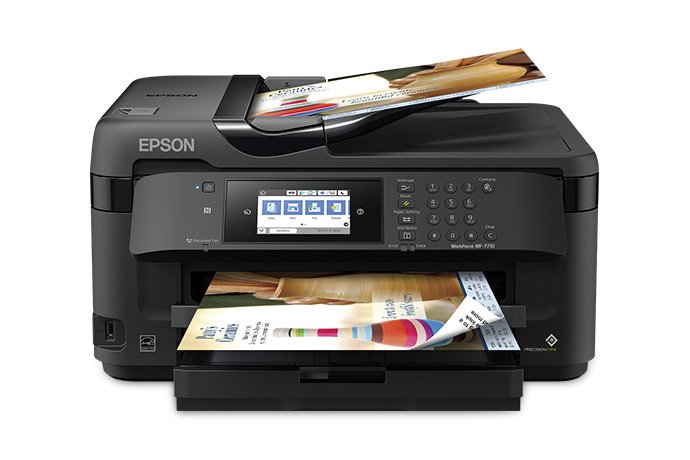Examples of Binary Logistic Regression
Determining the probability of how often an event can occur is a crucial part of machine learning. It shows the relationship between features and then calculates to a certain outcome. That’s where logistic regression steps into play. This helps to create accurate predictions, similar to linear regression. In this case, the target value is a 0 or 1 binary rather than a graphical outcome. Let’s take a closer look at what goes into logistic regression.
Logistic Regression Explained
The inner workings of binary logistic regression break down into two types of measurables: the explanatory and response variables. The explanatory features are the item being measured, while the response target is the outcome. So, for example, when trying to predict a student’s success rate on a test, the hours they study would classify as the feature, and the responsible variable will have two values – pass or fail.
Logistic regression breaks down into three different variations. Binary regression points to only two possible outcomes for the categorical response, such as the one offered up above about a student’s chance of passing a test. Multinomial logistic regression is where the response variables can include three or more variables in no particular order. For example, a restaurant could use this to predict whether diners prefer a certain kind of food – chicken, beef, or fish. Ordinal logistic regression, like multinomial, can be three or more variables. However, ordinal regression has an order that the measurement follows. Think of a Yelp review, scaling one star to five stars.
Assumptions of Logistic Regression
There are assumptions used for logistic regression, starting with the knowledge in binary regression, that a response is one thing or another. The desired outcome should be represented by the factor level 1 of the response variable, and the undesired is 0. It’s also important for any regression model to have only meaningful variables so as not to skew any kind of query. It’s important to make sure that independent variables are independent of one another. There should be little to no co-linear relations. Log odds and independent variables have to be linearly related, and logistic regression must be applied only to massive sample sizes of data.
Applications of Logistic Regression
There are several ways in which logistic regression can be used. For example, there’s the Trauma and Injury Severity Score, or TRISS in the healthcare sector. This is used globally to predict fatality in injured patients through a model relying on variables like a revised trauma score and a patient’s age to predict health outcomes. This technique can also hone in on certain factors like age, gender, and pre-existing conditions. Binary regression can also be used in the political sector or explain multinomial depending on political parties and registration for voters in certain municipalities, districts, counties, and states.
In product testing, logistic regression can be used in engineering to predict the success or failure of a prototype. In the marketing sector, LR can be used to predict the chances of potential customer interest. This is usual with new product lines or determining the possibility of a subscription being started. In addition, E-commerce companies invest heavily in advertising and promotional campaigns across media. By using BR to determine responders and non-responders, retailers can gain insights into logistic regression outputs to better optimize business strategy.
Logistic regression has become more common across a variety of industries. It’s highly efficient and doesn’t need vast amounts of computational resources. This can be interpreted easily and does not need scaling of input features. It’s simple and effective, which is all you can truly ask for when predicting probabilities for different circumstances.

